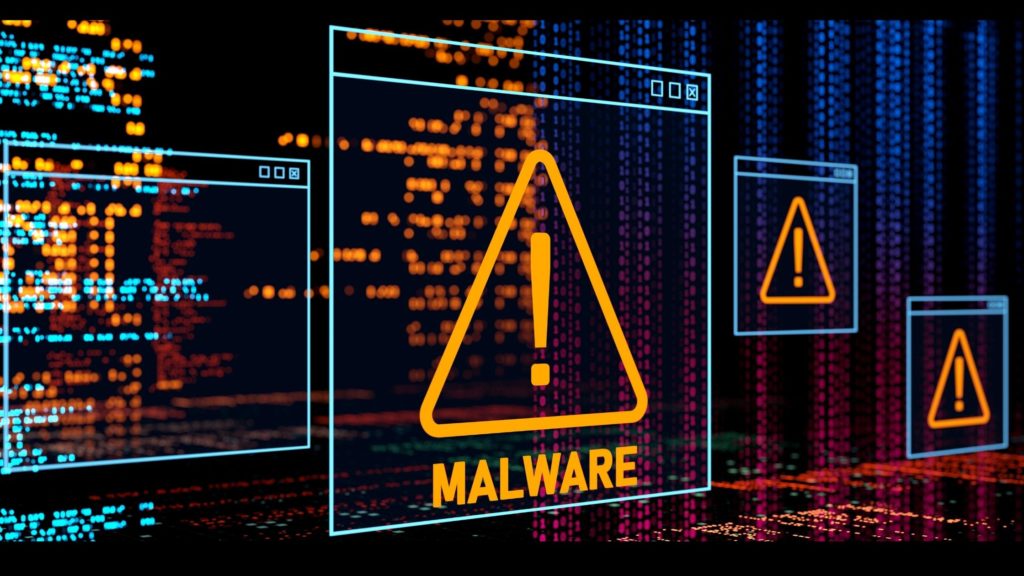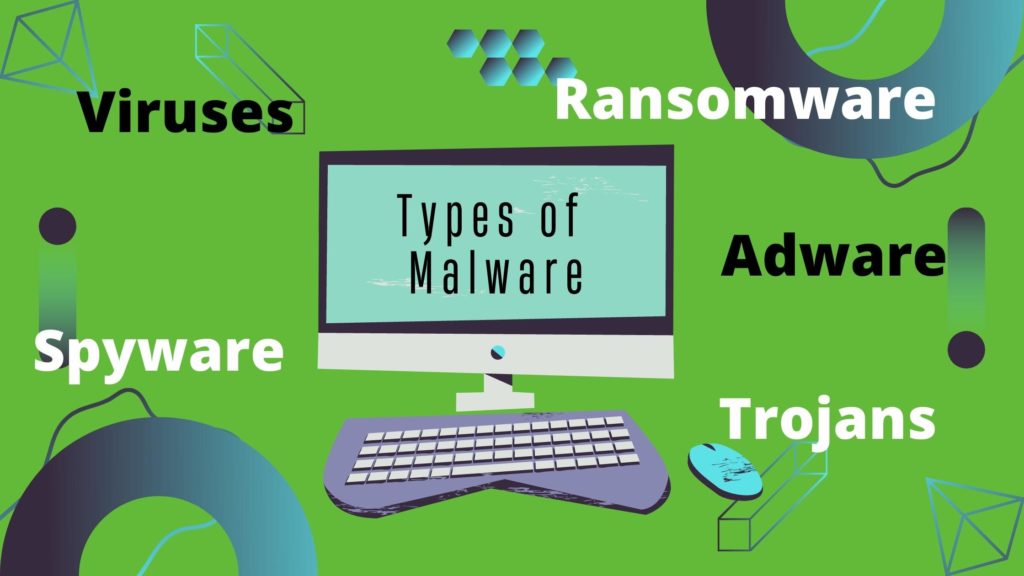
Malware, or “malicious software,” is an umbrella term that describes any malicious program or code that is harmful to systems.
Hostile, intrusive, and intentionally nasty, malware seeks to invade, damage, or disable computers, computer systems, networks, tablets, and mobile devices, often by taking partial control over a device’s operations.
Malware encompasses many different types of malicious code. It can include:
- Viruses
- Ransomware
- Spyware
- Adware
- Trojans
The motives behind malware vary. Malware can be about making money off you, sabotaging your ability to get work done, or making a political statement. Malware can steal, encrypt, or delete your data, alter, or hijack core computer functions and spy on your computer activity without your knowledge or permission.
The longer that malware sits on your system unchecked, the more damage it can do. This is because the most harmful forms of malware are directed to spread to as many systems as possible. So, if not caught and removed right away, one computer could end up infecting 10 more on the same network in no time.
Early detection is key so you can disconnect an infected device from your network and have it properly cleaned by a professional.

Malware can reveal itself in many ways. Below are a few indicators that you may have malware on your computer:
Odd and Aggressive Pop-Ups
Some forms of malware can take on the disguise of being an antivirus app or warranty notice that pops up on your screen.
With aggressive pop-ups, you close one, and another one opens. Or you’re not even online, and you’re getting pop-up messages on your system.
Hackers try to mimic things that users may have seen from a legitimate program, so they’ll be more apt to click without thinking. If you begin to see a strange “renew your antivirus” subscription alert or a warranty renewal that doesn’t quite make sense, these could be signs that your PC has been infected with adware or another type of malware.
Your Computer is Running Slowly
Lots of things can contribute to a slow computer. You could be running too many programs at once, you may be running out of hard drive space, or there’s not enough free memory. If none of those are true for you and your computer is still slow, it’s possible you’re infected.
If you notice new sluggish behavior that is out of the ordinary, this could be an infection. One example would be if you don’t have any programs open except notepad or another simple app, and yet you experience freezing.
When malware is running in the background, it can often eat up system resources and cause your system to get sluggish. It could very well be mining cryptocurrencies without your knowledge.
Your Browser is Redirected
Let’s say, you click on a link after doing a Google search on “my computer’s acting strange.” The link opens to a different page. You head back to your search results and try a different link. The same thing happens. Over and over you’re redirected to a different site from the one you’re trying to reach. Redirecting a home page is a common ploy of certain types of malware.
You may also notice some new toolbars below your browser address bar that you can’t get rid of.
Malware will infect your system and change the system setting for your default browser home page. This may lead you to a site filled with popup ads or to another type of phishing site.
Just trying to change your homepage back in your settings won’t fix the situation. It’s important to have the malware removed.
Constant Reboots
Another annoying trait of certain types of malicious code is to make your system reboot without warning. There are a couple of reasons why your applications or system might reboot, including potential incompatibility between programs or software and hardware that needs updating.
Constant Reboots can cause you to lose the work you’ve just done and can make it difficult to get anything done. This may happen when malware is changing core system files behind the scenes. With files corrupted, your system becomes unstable and can often reboot unexpectedly.
Unknown and Corrupted Filed
If you open a file and find it corrupted, this could be a red flag that ransomware or another form of malware has infected your system. Malware may corrupt files so that it can spread to other computers and devices. It will essentially infect the files with its malicious code. The infected files will then become corrupt. As other users download the infected and corrupted files, their computers or devices will become infected as well.
While files can occasionally become corrupt for other reasons, this is a serious issue that deserves a thorough malware scan if you see it.
How to Prevent Malware
Free online malware and virus scans aren’t very reliable, but a variety of security solutions are used to detect and prevent malware. These include firewalls, next-generation antivirus, antivirus and anti-spam gateways, and virtual private networks (VPNs). To bet prevent malware, all security solutions should be tested using a wide range of malware-based attacks to ensure they are working properly. A robust, up-to-date library of malware signatures must be used to ensure testing is completed against the latest attacks
Work with Malware Experts
Grapevine MSP employs several anti-malware strategies and infrastructure tools that stop threats before they can install and infect an entire environment. We take a multi-layer approach to cybersecurity and protecting your network. Let us help you keep your company safe from Malware!
